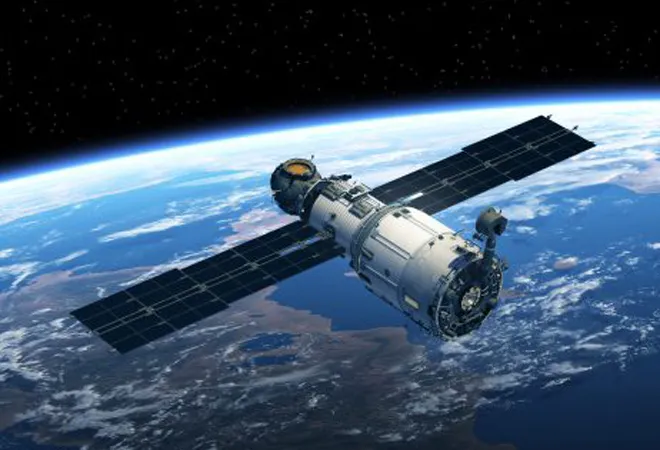
Indian Prime Minister Narendra Modi
announced yesterday that India has conducted an anti-satellite (ASAT) missile test, hitting a live satellite at an altitude of 300 kms. This makes India only the fourth country after the US, Russia and China to demonstrate such a capability. The only other country that is thought to have this capability is Israel, although it has not demonstrated it as yet.
India’s ASAT test could raise some questions given that it is likely to be perceived as a path to weaponisation but Modi argued that this was a “defensive” move meant to secure India’s own assets. He
said, “Our aim is to maintain peace over war mongering. The space programme’s aim is peace, India’s economic and technological progress.” Highlighting the salience of space to India, Modi
asserted, “Today, we are using space and satellites for all sorts of purposes, including agriculture, defence, disaster management, communication, entertainment, weather, navigation, education, medical uses, and other things. In such a situation, the security of these satellites is extremely important.”
India’s ASAT test is not surprising although the timing of the test is. India started developing its ASAT capabilities in the last decade after the first successful Chinese ASAT test in 2007.
In fact, the former DRDO chief Dr. VK Saraswat has claimed several times that India is
developing the necessary technologies in order to destroy an enemy satellite. In fact, the successful testing of India’s anti-ballistic missile on March 6, 2011 was seen as taking a step closer to India’s development of an ASAT capability.
Many will question the need for India to develop and test such capabilities when it is mired in a number of developmental challenges but the fact is that India is not located in a benign neighbourhood and cannot afford to ignore the new realities within the region and globally within the space domain. Therefore, even though India’s space programme is largely civilian oriented, it has acquired a slightly greater focus on national security concerns. While India still wants to ensure that outer space remains free of weapons and continues as a domain of peace and stability, it is of course not up to New Delhi alone to ensure that. India cannot avoid the increasing militarization of outer space and ignoring this reality will only hurt India’s security interests. Moreover, these developments are taking place at a time when there is a larger power transition within Asia and beyond. India’s difficulties with an aggressive China have also been pushing India down this path.
India has come a long way as far as the ASATs are concerned. From fierce opposition to the US and Soviet ASAT tests in the 1970s and 1980s, India has come to appreciate the strategic utility of these capabilities and demonstrations. While India’s approach to non-proliferation issues and the global regimes has been changing since the early 2000s, a clearer articulation on space began to appear after the Chinese ASAT test in January 2007. The Chinese test was a wake-up call for Indian policymakers who called for breaking down some of the bureaucratic and inter-departmental barriers within the Indian government to better address this threat. Then DRDO Chief Dr. M Natarajan suggested that there must be greater
integration between institutions such as Defence Research and Development Organisation (DRDO) and Indian Space Research Organisation (ISRO). Similar statements were echoed by former ISRO chiefs like Dr. K Kasturirangan, who said that India has spent huge amount of resources to develop and place assets in space and therefore there is responsibility “to protect them from adversaries.”
It goes without saying that other countries could follow suit and build ASATs. But China made the first move with regard to ASATs and it took India a dozen years to decide whether it wanted to demonstrate this capability or not.
India did not have knee-jerk reaction to China’s tests but given the worsening security competition, New Delhi had little choice but to make this decision in the interest of ensuring deterrence. But all sides will lose insuch an unbridled competition because all are dependent on space.
Now that India has crossed the rubicon and has a demonstrated ASAT capability, New Delhi must make earnest efforts to help develop rules of the road that will bring about certain restraint in outer space activities. Under the current international political climate, it is unrealistic to assume that the major spacefaring powers will develop a consensus for a global treaty but India must not lose opportunities in making those efforts. At the very least, India must coordinate with all the key players in producing some consensus language about those global governance arrangements that can be taken up in multiple foras including the Conference on Disarmament, UN First Committee, and UN Disarmament Commission.
The views expressed above belong to the author(s). ORF research and analyses now available on Telegram! Click here to access our curated content — blogs, longforms and interviews.



 Indian Prime Minister Narendra Modi
Indian Prime Minister Narendra Modi  PREV
PREV


